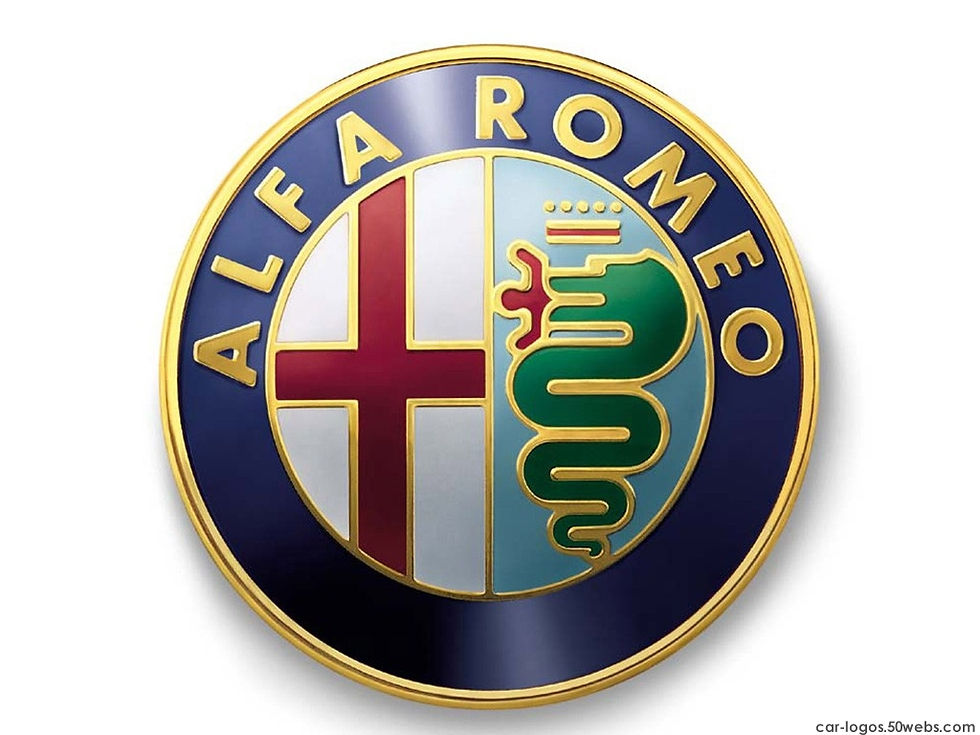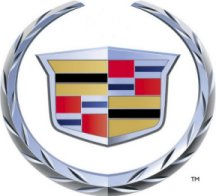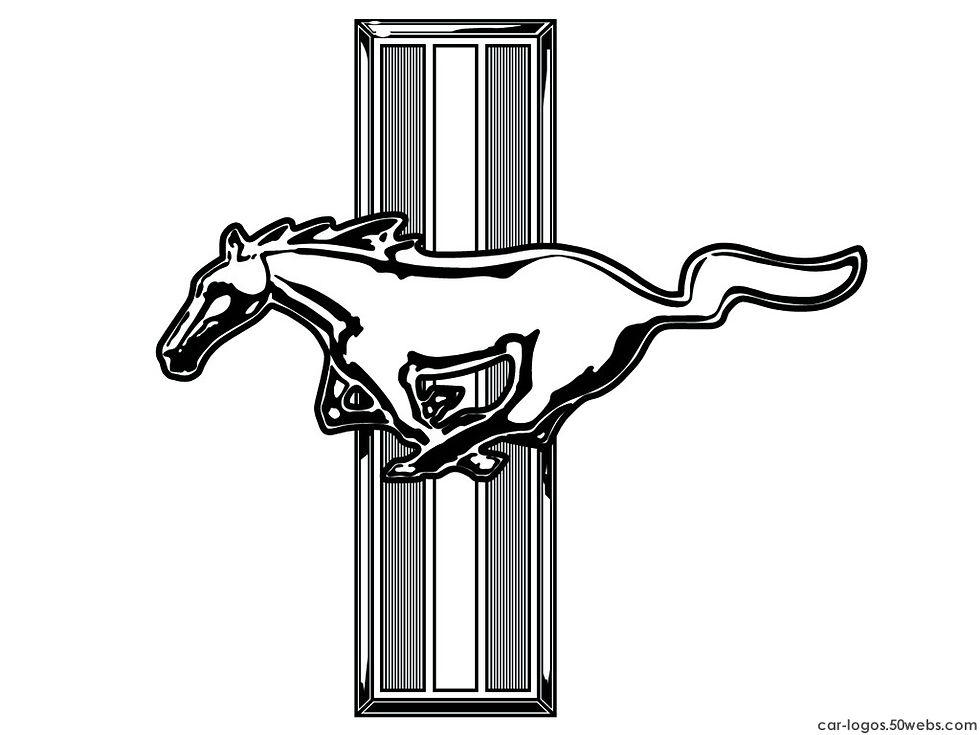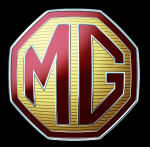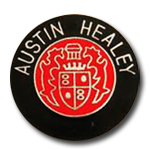

Shelby Mustang GT-350

The 1965–1966 cars were the smallest and lightest of the GT 350 models. These cars are often called "Cobras", which was the Ford-powered AC-based two-seat sports car also produced by Shelby American during the same period. Both models use the Cobra emblem, similar paint scheme, and the optional "Cobra" valve covers on many GT350s that were part of a marketing tie-in by Shelby, as well as one of his iconic symbols. All 1965–66 cars featured the K-Code 271 hp (202 kW; 275 PS) 289 cu in (4.7 L), modified to produce 306 hp (228 kW; 310 PS). Marketing literature referred to this engine as the ""Cobra hi-riser" due to its high-riser intake manifold. Beginning as a stock Mustang with a 4-speed manual, the cars were shipped to Shelby American, where they received the high-riser manifolds, had their stock Ford Falcon live rear axles replaced with heavy-duty Ford Galaxie rear axles, and were given larger, metallic-lined rear drum brakes and Kelsey-Hayes front disc brakes.
The 1965 G.T. 350 was not built for comfort or ease of driving. Less than 30 "G.T. 350R" race-spec cars that were built specifically for competition use under SCCA rules. The 1966 G.T. 350 had featured more comfort of casual drivers that included rear seats, optional colors, and an optional automatic transmission. This trend for additional features continued in following years, with the cars becoming progressively larger, heavier, and more comfortable, while losing much of their competitiveness in the process. The 1969 G.T. 350s and 500s were largely styling modifications to a stock Mustang. By 1969 Caroll Shelby was no longer involved in the Shelby GT program, and the design was done in-house by Ford.

The Terlingua Racing Team
Don't call it a Jackalope, or a mutant lion with a thyroid problem. We're of course talking about the barking rabbit on the crest of Terlingua Racing. To those unaware, Terlingua was a team named after a rogue Texas border town founded by a friend of Carroll Shelby's. In fact, the first Shelby Mustang GT 350 ever raced wore the black-and-yellow crest when it hit the Texas tarmac piloted by Ken Miles. Later, it adorned Parnelli Jones's King Cobra at the 1964 LA Times Grand Prix, four Indy 500 winners, and cars that won LeMans, Sebring, Riverside and Laguna Seca. It also signified the Shelby Mustangs fielded during the 1967 and 1968 Trans-Am seasons.





















